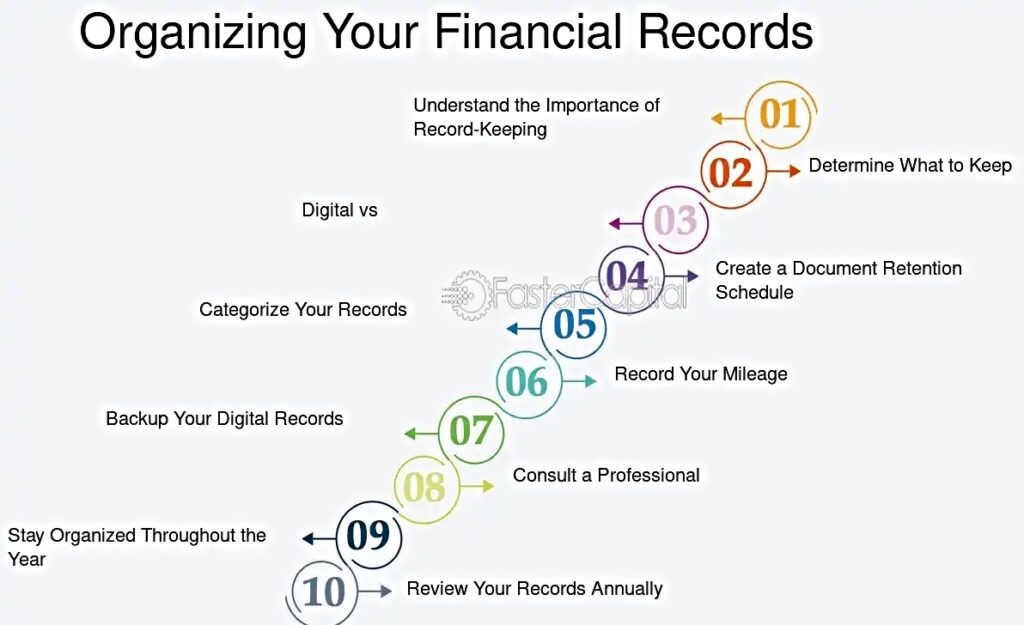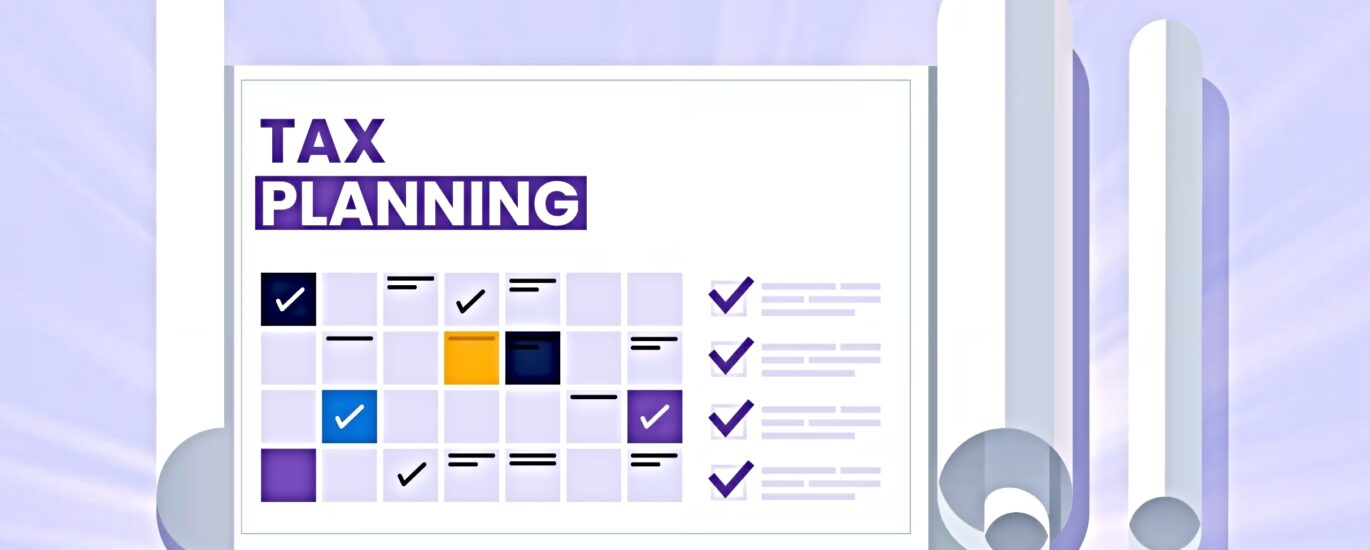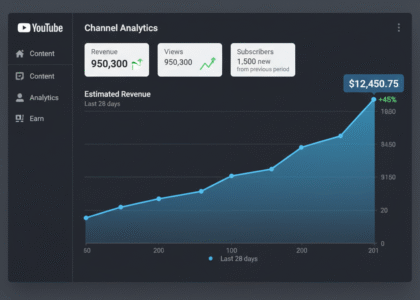Tax season can often feel overwhelming, especially for young adults, beginner investors, and middle-income earners striving to make informed financial decisions. However, with proactive tax planning strategies, you can significantly reduce your tax liability and potentially increase your refund. This guide will walk you through actionable steps to optimize your tax situation.
1. Understand and Leverage Tax Credits Tax planning strategies
Tax credits directly reduce the amount of tax you owe, making them more valuable than deductions. Familiarize yourself with credits applicable to your situation:
- Earned Income Tax Credit (EITC): Designed for low to moderate-income workers, the EITC can provide substantial relief. Ensure you meet the income thresholds and other criteria to qualify.
- Education Credits: If you’re paying for higher education, credits like the American Opportunity Tax Credit or the Lifetime Learning Credit can offset education expenses.
- Energy-Efficient Home Improvement Credits: Investing in energy-efficient appliances or home improvements can qualify you for credits, reducing both your tax bill and energy costs.
2. Maximize Retirement Contributions Tax planning strategies
Contributing to retirement accounts not only secures your future but also offers immediate tax benefits:
- 401(k) Plans: Contributions are made pre-tax, lowering your taxable income. For 2025, the contribution limit is $23,500.
- Traditional IRAs: Contributions may be tax-deductible, depending on your income and participation in employer-sponsored retirement plans. The 2025 limit is $7,000.
- Roth IRAs: While contributions are made with after-tax dollars, qualified withdrawals in retirement are tax-free. Assess which IRA type aligns with your financial goals.
3. Utilize Health Savings Accounts (HSAs) Tax planning strategies

If you’re enrolled in a high-deductible health plan, an HSA offers triple tax benefits:
- Tax-Deductible Contributions: Reduce your taxable income.
- Tax-Free Growth: Earnings on investments within the HSA grow tax-free.
- Tax-Free Withdrawals: Funds used for qualified medical expenses aren’t taxed.
For 2025, the contribution limits are $3,850 for individuals and $7,750 for families.
4. Engage in Tax-Loss Harvesting Tax planning strategies
Offset capital gains by selling investments that have declined in value:
- Strategic Selling: Sell underperforming assets to realize losses, which can offset gains from other investments.
- Carryforward Losses: If losses exceed gains, you can deduct up to $3,000 against other income and carry forward remaining losses to future years.
5. Plan Charitable Contributions
Donating to qualified charities can provide deductions:
- Itemize Deductions: Ensure your total deductions exceed the standard deduction to benefit.
- Donor-Advised Funds: Contribute to a fund, receive an immediate tax deduction, and distribute funds to charities over time.
6. Review Filing Status and Withholdings
Your filing status significantly impacts your tax bracket and available deductions:
- Choose the Appropriate Status: Options include Single, Married Filing Jointly, Married Filing Separately, Head of Household, and Qualifying Widow(er). Select the one that offers the best tax advantage.
- Adjust Withholdings: Use the IRS withholding calculator to ensure the correct amount is withheld from your paycheck, preventing large tax bills or overpayments.
7. Keep Abreast of Tax Law Changes
Tax laws can change annually, affecting deductions, credits, and rates:
- Stay Informed: Regularly consult reputable sources or a tax professional to understand new laws and how they impact your situation.
- Plan Ahead: Implement strategies before year-end to take advantage of expiring credits or deductions.
8. Maintain Organized Financial Records

Accurate record-keeping simplifies tax filing and ensures you don’t miss out on deductions:
- Track Expenses: Use apps or spreadsheets to monitor deductible expenses throughout the year.
- Store Documents Securely: Keep receipts, invoices, and tax documents in an organized, secure location.
9. Consider Professional Tax Assistance
Tax professionals can provide personalized advice:
- Complex Situations: If you have multiple income sources, investments, or significant life changes, a tax advisor can help navigate complexities.
- Maximize Benefits: Professionals stay updated on tax laws and can identify opportunities you might overlook.
10. Explore State-Specific Tax Benefits
State taxes vary, and some offer unique credits or deductions:
- Research Local Benefits: Investigate your state’s tax website or consult a local tax professional to uncover additional savings opportunities.
Frequently Asked Questions (FAQs)
Q1: What is the difference between a tax credit and a tax deduction?
A1: A tax credit directly reduces the amount of tax you owe, providing a dollar-for-dollar reduction. A tax deduction reduces your taxable income, so the value depends on your tax bracket.
Q2: Can I contribute to both a 401(k) and an IRA?
A2: Yes, you can contribute to both. However, income limits may affect the deductibility of traditional IRA contributions if you’re also participating in a 401(k).
Q3: What records should I keep for tax purposes?
A3: Maintain records of income (W-2s, 1099s), receipts for deductible expenses, records of charitable contributions, and documentation for any credits claimed.
Q4: How do I know if I qualify for the Earned Income Tax Credit (EITC)?
A4: Eligibility depends on income, filing status, and the number of qualifying children. Refer to the IRS guidelines or consult a tax professional to determine your eligibility.
Q5: Are there penalties for underpaying estimated taxes?
A5: Yes, if you don’t pay enough tax throughout the year through withholding or estimated payments, you may incur penalties. Ensure adequate payments to avoid this.
By implementing these tax planning strategies, you can take control of your financial future, reduce your tax liability, and potentially increase your refund. For more personalized advice and expert tips, visit GetCashVibe.






